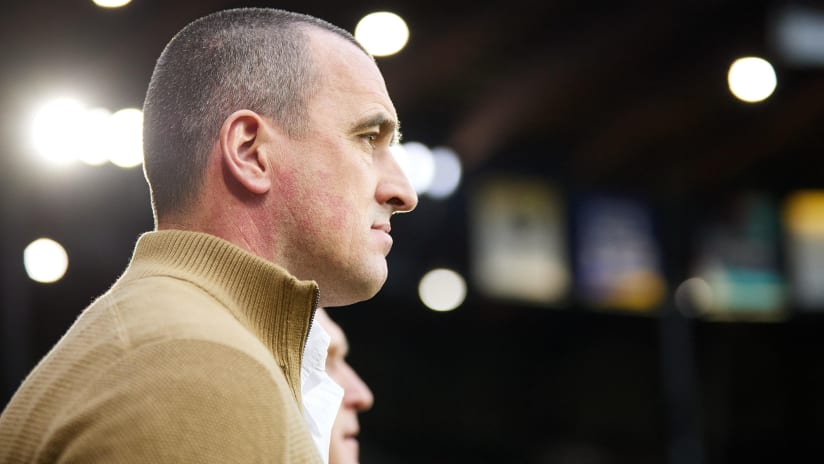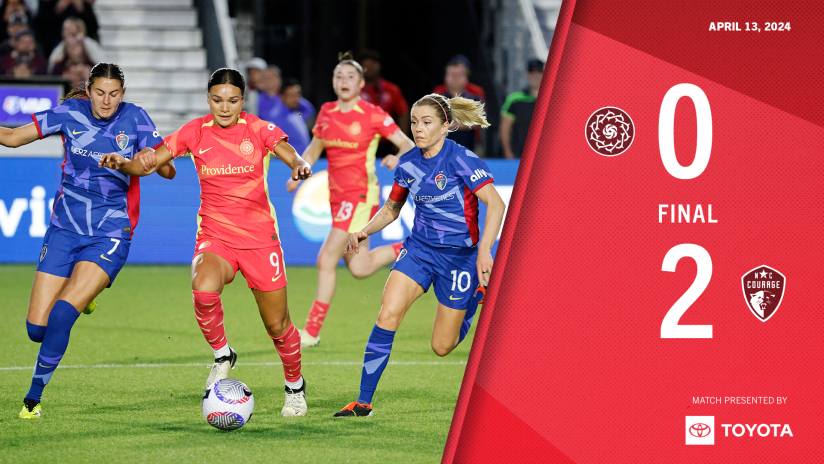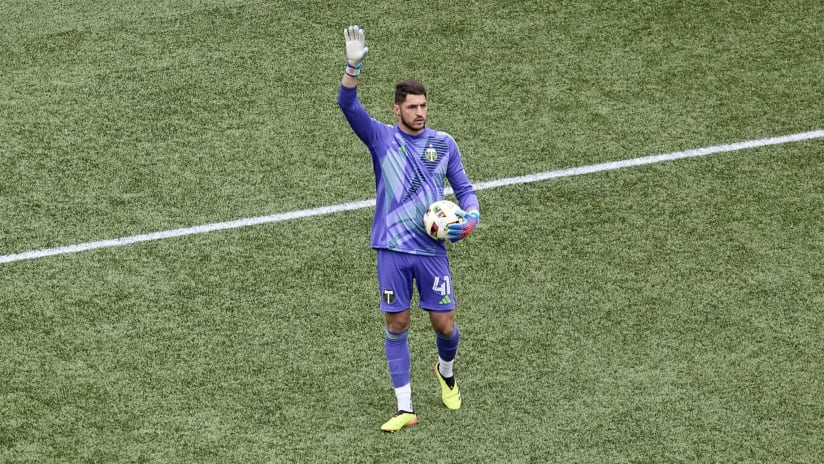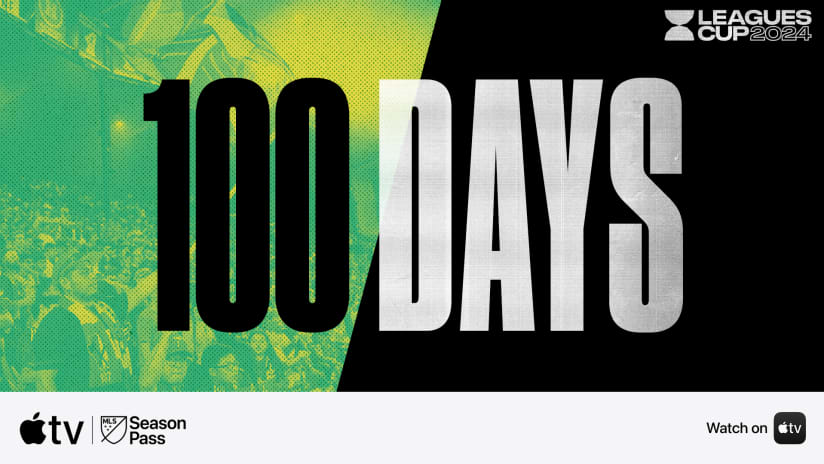Whoa. 🤯 is the best way I know how to express what group play was like for women’s soccer in the Olympics. The quick succession of games and the rotation of players to meet the demands have all added to the unknowns. This is what makes tournaments so fun. You can never really be certain of what to expect.
With that, here’s a quick recap:
Remembering Group Stage
Match day one set the tone and gave us a glimpse for what was to come. There was a goal fest, thirteen to be exact, with the Netherlands showing their attacking prowess early and beating newcomer Zambia, 10-3. And, Sweden’s unexpected dismantling of the United States would ignite conversations that maybe this tournament is more wide open than most had originally expected.
Match day two did not disappoint, either. It would be the entertaining 3-3 draw between Brazil and the Netherlands that would steal the show, followed by the United States rebounding and finding the back of the net six times against New Zealand.
Match day three was much tighter in score lines outside of the Netherlands, who just can’t seem to stop scoring. Their eight goals would give them a total of 21. The United States women’s team had previously held the record for goals scored in an Olympic tournament with 16 at the 2012 games. The Dutch have demolished that record in three games.
In all, group play had a little bit of everything: goals, shutouts, and penalty kicks. And if this trend continues, it bodes well for some entertaining matches in the knockout rounds.
Before we take a deeper look into the Thorns players and their impact thus far in the tournament, the following three players have, in my opinion, been the stars of Tokyo in women’s soccer thus far.
Tokyo’s Brightest Stars (so far)
First, we have Vivianne Miedema, the Netherlands striker that many remember from the 2019 World Cup final versus the United States. She was good in that tournament, but she has been outstanding in this one. She’s currently leading the Golden Boot race with eight goals in three games. Yes, you read that right. She simply cannot stop scoring.
She’s strong, she can play with her back to goal and she can turn and take on defenders 1v1. These are just a few areas of her game that make her one of the most complete strikers in the world. It is these attributes, combined with her world stage experience, that could be the difference-maker in the quarterfinal against the United States.
Next, we have the Brazil and Orlando Pride legend, Marta. If there were any doubters left about what she’s still capable of doing at the highest level, those critics have been silenced. She’s scoring goals and setting records in Tokyo. She has three out of her teams’ nine total goals, and those three strikes make her the first player ever to score in five straight Olympics.
She continues to transcend the sport. To understand her impact, here is what another Brazilian football legend, Pele, had to say about her via Instagram:
“Your achievement means much more than a personal record. This moment inspires millions of athletes from so many other sports, from all over the world, who fight for recognition. Congratulations on your trajectory. Congratulations, you are much more than a football player. You help build a better world with your talent, in which women gain more space.”
And finally, there is Barbra Banda. Goodness, is she a special player. Outside of her obvious scoring goals, taking players on 1v1, and the ability to create opportunities for herself, what stood out to me the most was her strong character, which was on display with her teammates. Sometimes a team’s star player can show frustration, but Banda showed none of that. In fact, it was the opposite, she was the calming presence when needed and also her team’s biggest cheerleader when called upon.
Banda became the first player in Olympic history to score back-to-back hat tricks. At only 21 years old, I would love to see her in the NWSL, because I believe she could become the face of the league in coming years. As my broadcast teammate, Jenn Hildreth, cleverly tagged, #GetOnTheBandaWagon. I know I am, and many fans around the world are now, too.
Let’s move on to what we’re all actually here for: the Portland Thorns players.
Thorns in the knockout round
Let’s start with team Canada and Christine Sinclair. In the opening match against Japan, Sinclair earned her 300th cap, becoming just the fourth player in international soccer to garner such achievement. But Sinclair wouldn’t stop there. She became the first player to score in her 300th, as well.
In the first two games, she was a steady presence and was a much-needed playmaker for her team. As expected, the partnership between her and Jessie Fleming has been important in terms of the build-up play, and it’s allowed Sinclair to choose when to attack with urgency and when to settle her team in possession. This piece of Sinclair’s game was missed in Canada’s third match against Great Britain when she was rested in anticipation of their quarterfinal match against Brazil.
Outside of her play on the field, one of the biggest things Sinclair brings to this team is her experience and patience. She knows what tournaments like these are all about, building and peaking at the right time, and Canada will need her guile, leadership and scoring acumen to keep their Olympic dream alive against Brazil.
I anticipate this being a tough game for Canada. Brazil looks more dangerous than in recent years primarily because of the play of Debinha and Marta. However, if Sinclair can continue to drop deep into the midfield and help her team deny time and space on the ball against Marta and company, then they put themselves in a good position to spring their front-runners of Janine Beckie and Nichelle Prince to catch Brazil in transition.
On to Team USA: I think we can all agree that this has been an interesting tournament for the United States, not only from a results perspective but from how they’ve approached each game. Because of that, I think it is fair to say that no individual performance has been top-notch. After the Sweden game, though, one thing that was apparent was that Lindsay Horan’s skillset is needed and best utilized in a higher position. She is our best playmaker and linker of the ball, which in turn takes pressure off the backline.
If Horan can tie all of this together, it will allow for Crystal Dunn to get forward more and be an offensive threat more than we have seen her so far. When the US is playing their best, it typically involves the left-sided triangle of Horan, Megan Rapinoe, and Dunn combining and looking to unbalance opponents’ defenses. I don’t anticipate Rapinoe starting in the quarterfinal match versus the Netherlands, so it will have to be Christen Press linking with the two Thorns players.
As much as the US is known for its attack (an attack that will be looking to get back on track against the Netherlands), their defensive abilities are what allow their dynamic attackers to shine. Much of this responsibility falls on captain Becky Sauerbrunn. A quiet leader much like Sinclair for Canada, Sauerbrunn knows that these tournaments are won by managing emotions and situations alike.
The US conceded four goals in their first two matches but ended group play with a shutout against Sam Kerr and the Australian team. This is a huge plus as they will now look to control the tournament’s leading goal scorer in Miedema.
Sauerbrunn, in particular, being a decade older than Miedema, will need to use all of her knowledge to marshal the backline and keep the Dutch attack at bay. She has done it in the past and I certainly expect to see her do that once again on Friday.
And, even though AD Franch hasn’t seen any time in goal, I guarantee her presence and ability to help manage the mood of the group between games has been a key factor. Emotions play a HUGE role in any type of competition, and having positive people who can push you in the right way is absolutely invaluable.
I expect an open game against the Dutch and believe the deciding factor will be the ability of Horan and the US midfield to dictate the tempo and keep possession. If they can keep possession, it will allow for the left-sided triangle to combine. It will also allow Sauerbrunn and the backline to squeeze the game and deny Miedema and the Netherlands space.
We’ll find out bright and early on Friday morning. Canada versus Brazil is at 1 a.m. PT on NBCSN. The United States versus the Netherlands is at 4 a.m. PT, also on NBCSN.














